5 Kitchen Remodeling Trends to Consider
The kitchen has always been the heart of the home, and emerging trends in kitchen remodeling are redefining both its function and style. In this article, we'll explore five key trends that are shaping kitchen spaces through new designs, technologies, materials, and innovative solutions. These changes go beyond aesthetics, reflecting a growing emphasis on sustainability, functionality, and personalization. More than ever, homeowners are seeking kitchens that align with their daily routines and core values, making remodeling a powerful way to create a modern, meaningful space.
1. Sustainable and Eco-Friendly Materials
As environmental awareness grows, so does the demand for sustainable and eco-friendly kitchen materials. Many homeowners are opting for recycled and upcycled materials, not only for their environmental benefits but also for their unique aesthetic qualities. Recycled glass countertops and reclaimed wood cabinetry offer character while reducing waste. Additionally, low-VOC cabinetry and finishes are becoming a popular choice, as they minimize the emission of volatile organic compounds that can harm indoor air quality. This commitment to sustainability is reflected in the increasing availability of environmentally friendly products and materials, encouraging responsible consumption and a healthier home environment.
In line with sustainability, energy-efficient appliances are becoming a staple in modern kitchens. These appliances help reduce energy consumption and lower utility bills without compromising performance. From induction cooktops to energy-saving refrigerators, manufacturers are consistently improving the efficiency of their products. Water-saving fixtures such as low-flow faucets and efficient dishwashers are also gaining traction. Such trends are instrumental in creating kitchens that are not only stylish but also environmentally responsible, thereby aligning with a homeowner's desire to reduce their carbon footprint and contribute to a sustainable future.
2. Smart Kitchen Technology
The integration of smart technology in the kitchen is revolutionizing how we interact with this space. Voice-activated assistants can simplify tasks by allowing hands-free control over appliances and lighting. This technology enhances convenience and accessibility, making it easier to manage cooking times, set reminders, or even create shopping lists. Smart appliances are also taking center stage, featuring capabilities like remote control via smartphone apps and advanced diagnostic features. With these technologies, homeowners can achieve greater efficiency, streamline their cooking processes, and reduce energy consumption.
Integrated cooking systems combine smart ovens, stovetops, and other appliances to provide a seamless cooking experience. These systems often include features like automatic recipe adjustments, cooking progress tracking, and even suggestions for complementary dishes or wine pairings. Advanced refrigeration solutions are also being developed, offering better food preservation and energy efficiency. Features such as temperature-controlled drawers and smart inventory management help minimize food waste. Moreover, these technologies can alert users to expiration dates and suggest recipes based on available ingredients, promoting sustainable cooking practices within the home.
3. Minimalist Design Aesthetics
Minimalist design aesthetics remain a strong influence in kitchen remodeling, offering homeowners a clean, calming atmosphere that promotes both function and beauty. Open shelving has become a popular feature, allowing for the display of curated dishware and decor, which adds personality without sacrificing the room's airy feel. Streamlined cabinetry with flat-panel doors and integrated handles supports this minimalist approach by reducing visual clutter and enhancing the overall flow of the space. Complemented by neutral color palettes, such as whites, grays, and soft earth tones, this trend emphasizes tranquility and order, encouraging thoughtful organization and intentional design choices.
Clean lines and simple details define minimalist aesthetics, achieving elegance through restraint. These design choices focus on highlighting the natural beauty and craftsmanship of the materials rather than relying on ornate embellishments. Homeowners are increasingly drawn to this approach for its timeless appeal and versatility, as it seamlessly integrates with various styles and personal tastes. Minimalism's focus on quality over quantity encourages the use of durable, high-quality materials that stand the test of time. This trend not only refreshes the visual appeal of the kitchen but also enhances its functionality, reflecting a lifestyle that values simplicity and mindfulness.
4. Multi-Functional Spaces
The modern kitchen is evolving into a multi-functional space that adapts to contemporary living needs. Kitchen islands with multiple uses have become a central feature, serving as both cooking areas and dining surfaces, as well as providing additional workstations. These islands often include built-in storage and seating, increasing the kitchen's utility and social potential. Convertible dining areas can be easily repurposed for different activities, from family meals to remote work, making them invaluable in today's dynamic households. This flexibility reflects a growing trend towards creating adaptable homes that can accommodate a variety of activities seamlessly.
Built-in workstations and desks have become a staple in kitchen remodeling, reflecting the growing need for multifunctional living spaces. These areas provide a practical yet visually cohesive setup for working or studying, often equipped with charging ports and focused lighting. Modern kitchens also feature entertainment zones with integrated audiovisual components, ideal for social events or relaxed family evenings. This trend highlights the increasing demand for flexible design solutions that support both productivity and leisure within open-concept layouts.
Flexible layouts that accommodate open concepts are in high demand, prioritizing spaciousness and connectivity. By removing or reducing barriers between the kitchen, dining, and living areas, these layouts encourage interaction and fluid movement throughout the home. According to House Grail, nearly 90% of people are more interested in spending time at home after an interior room has been painted. This open atmosphere, combined with versatile furniture and fittings, creates an inviting environment that naturally draws people in. Such designs support a balanced lifestyle, where functionality and sociability are equally catered for, aligning with the evolving preferences of modern homeowners.
5. Bold and Vibrant Color Schemes
While minimalist designs remain popular, bold and vibrant color schemes are making a return as homeowners seek to make a statement in their kitchens. Statement backsplashes featuring vivid tiles or unique patterns can serve as a striking focal point, adding visual interest and character to the room. Colorful appliances in hues such as red, blue, or green offer opportunities for personalization while injecting energy into the space. This approach allows individuals to express their personality and create a kitchen that truly stands out. As a contrast to muted tones, vibrant colors bring warmth and excitement to culinary environments.
Personalized color choices extend beyond paint to include flooring, countertops, and accessories, allowing for the creation of unique and cohesive looks. By considering color psychology and personal preferences, homeowners can design kitchens that resonate with their style and encourage positive experiences. The revival of color in kitchen design is not only about aesthetics but also about fostering a joyful and inspiring environment. As individuals continue to prioritize self-expression and creativity in their homes, bold color schemes provide an avenue for translating these values into tangible design elements, ultimately transforming kitchen remodeling into a deeply personal and expressive process.
These kitchen trends invite homeowners to explore new possibilities in kitchen remodeling that enhance both function and style. By embracing sustainable materials, smart technology, minimalist aesthetics, and multi-functional design, kitchens can become more efficient and aligned with modern lifestyles. This evolution reflects a broader commitment to sustainability, innovation, and improving everyday life at home. As these design elements gain popularity, more homeowners are prioritizing kitchen remodeling projects that reflect their values and support long-term usability. If you want to incorporate color trends into your next kitchen design, contact Castle Painting for a free estimate.
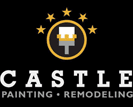
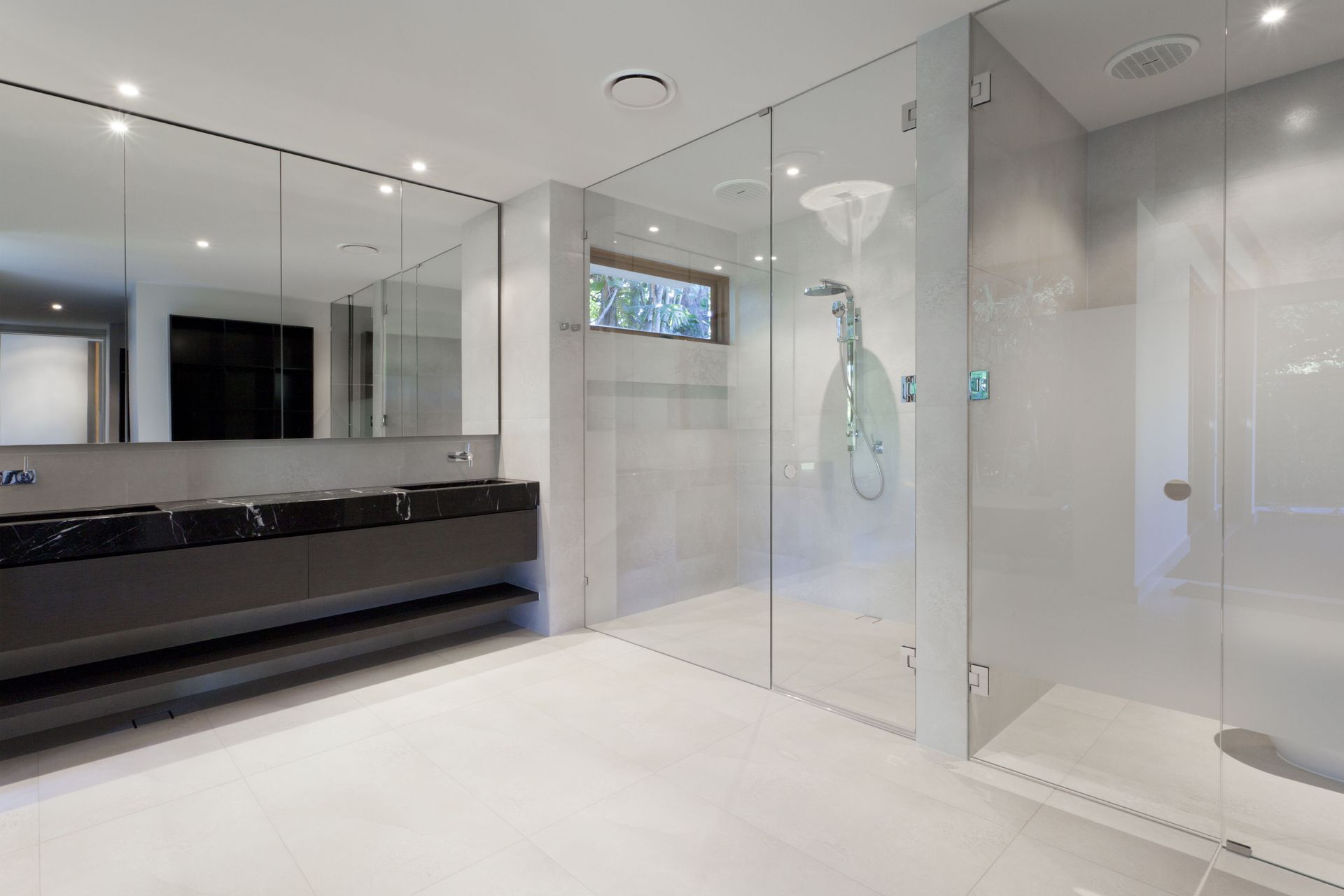
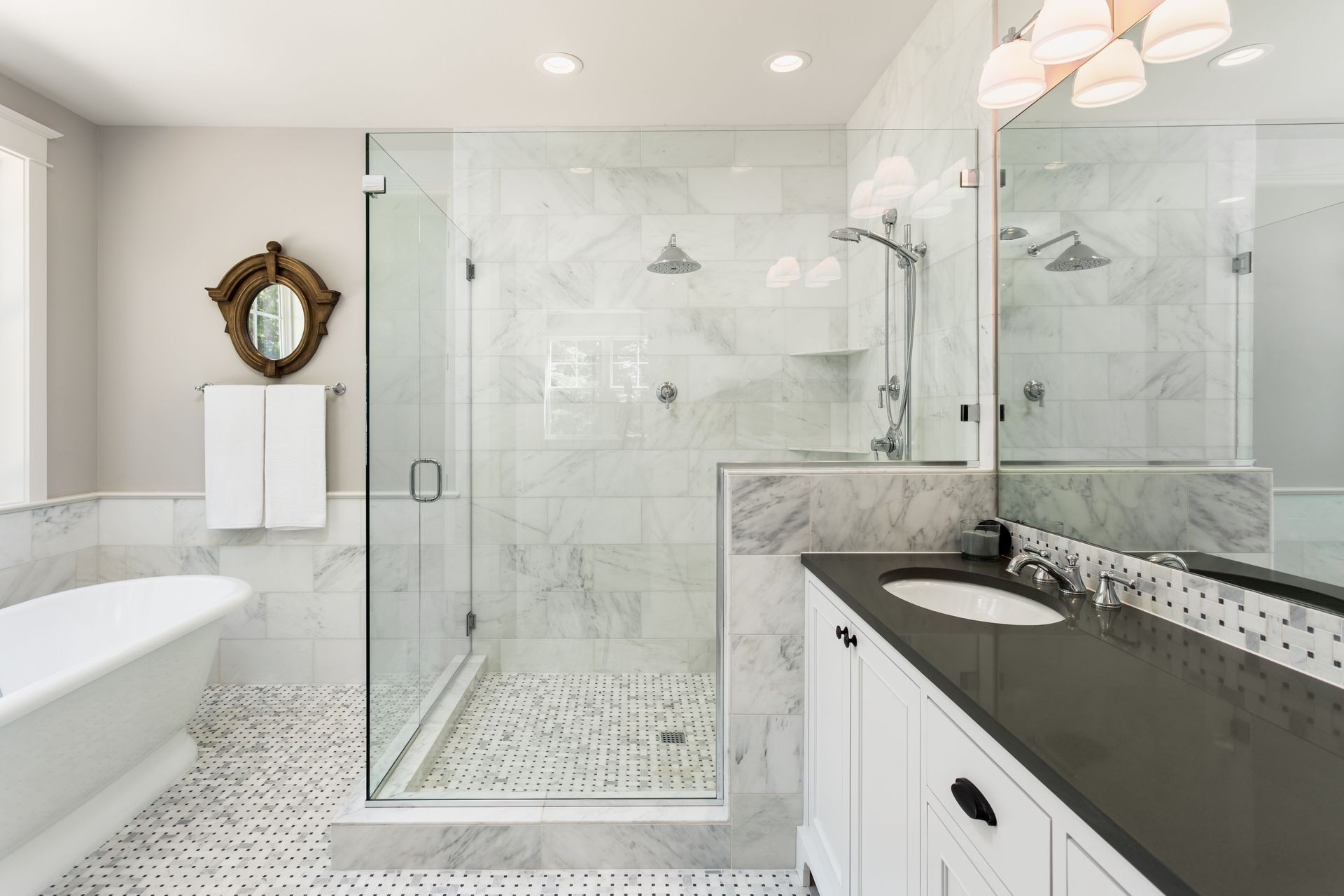

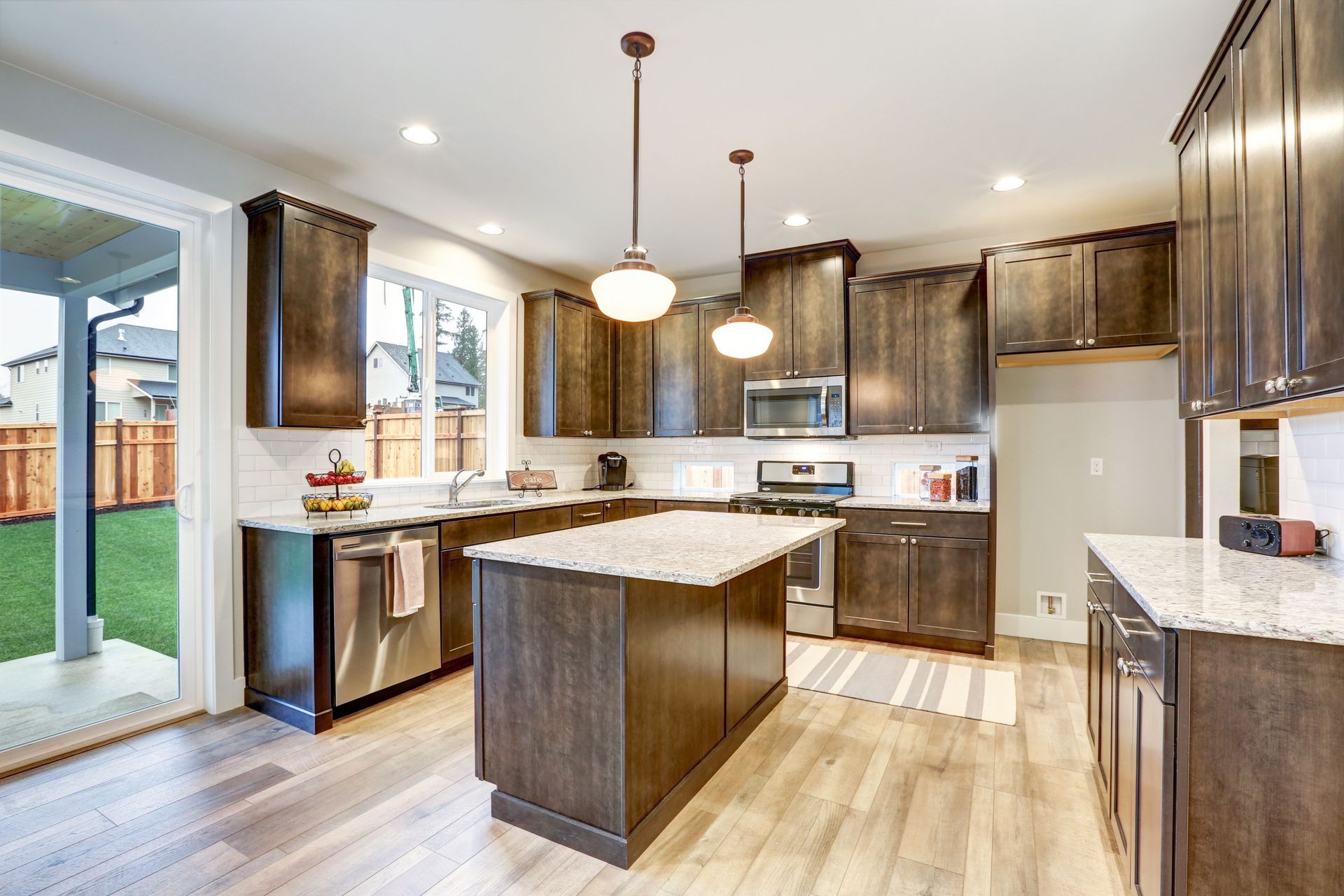


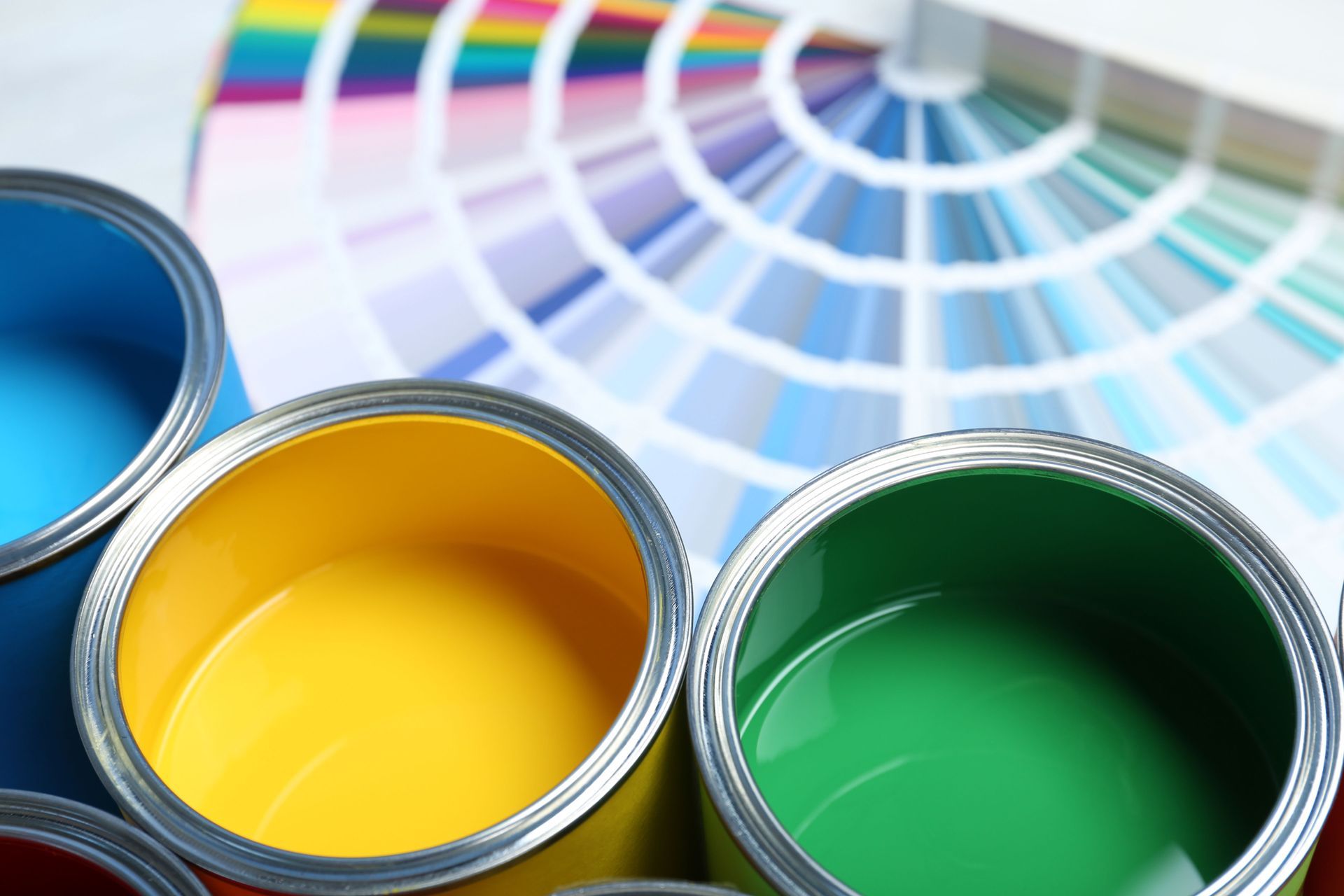

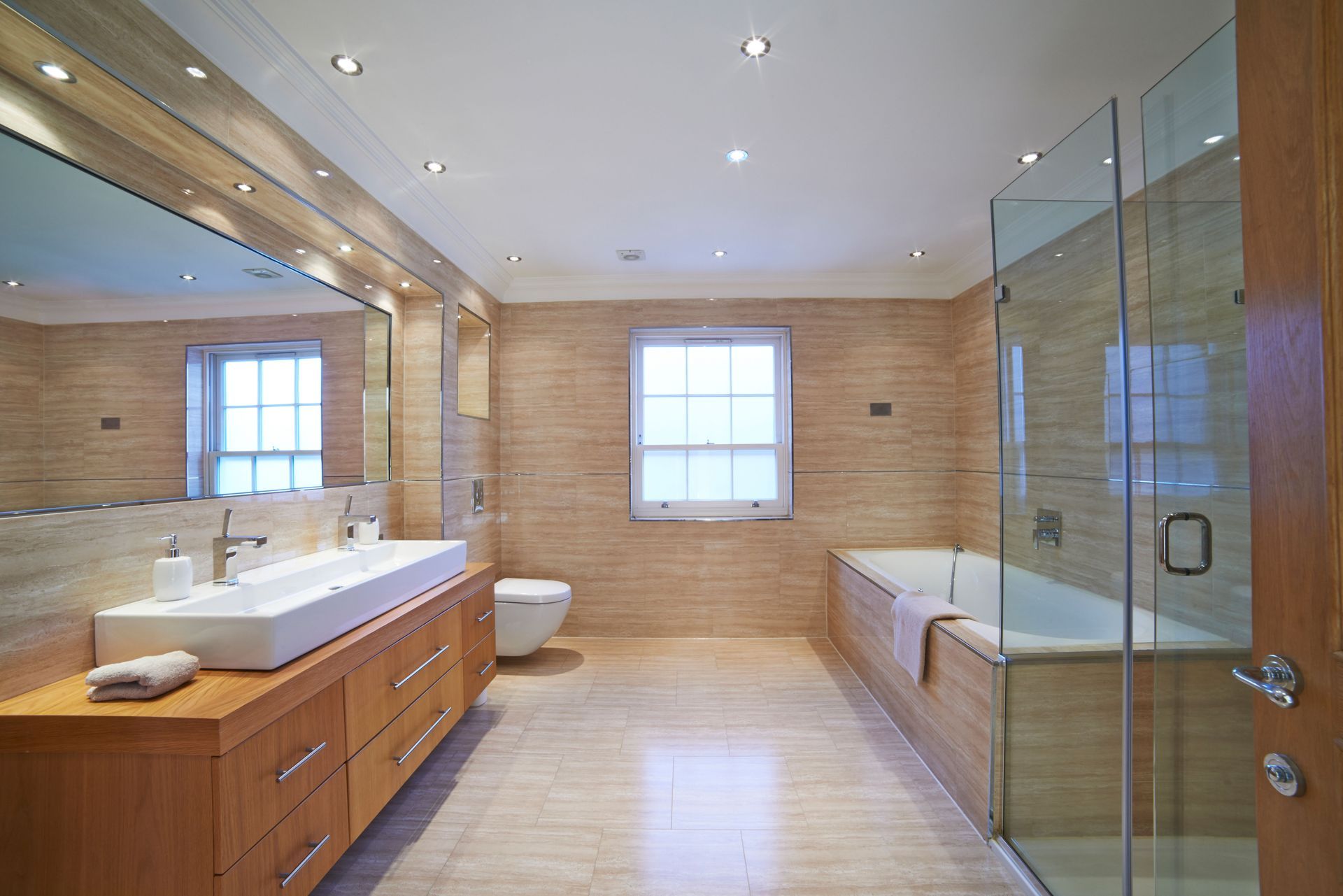
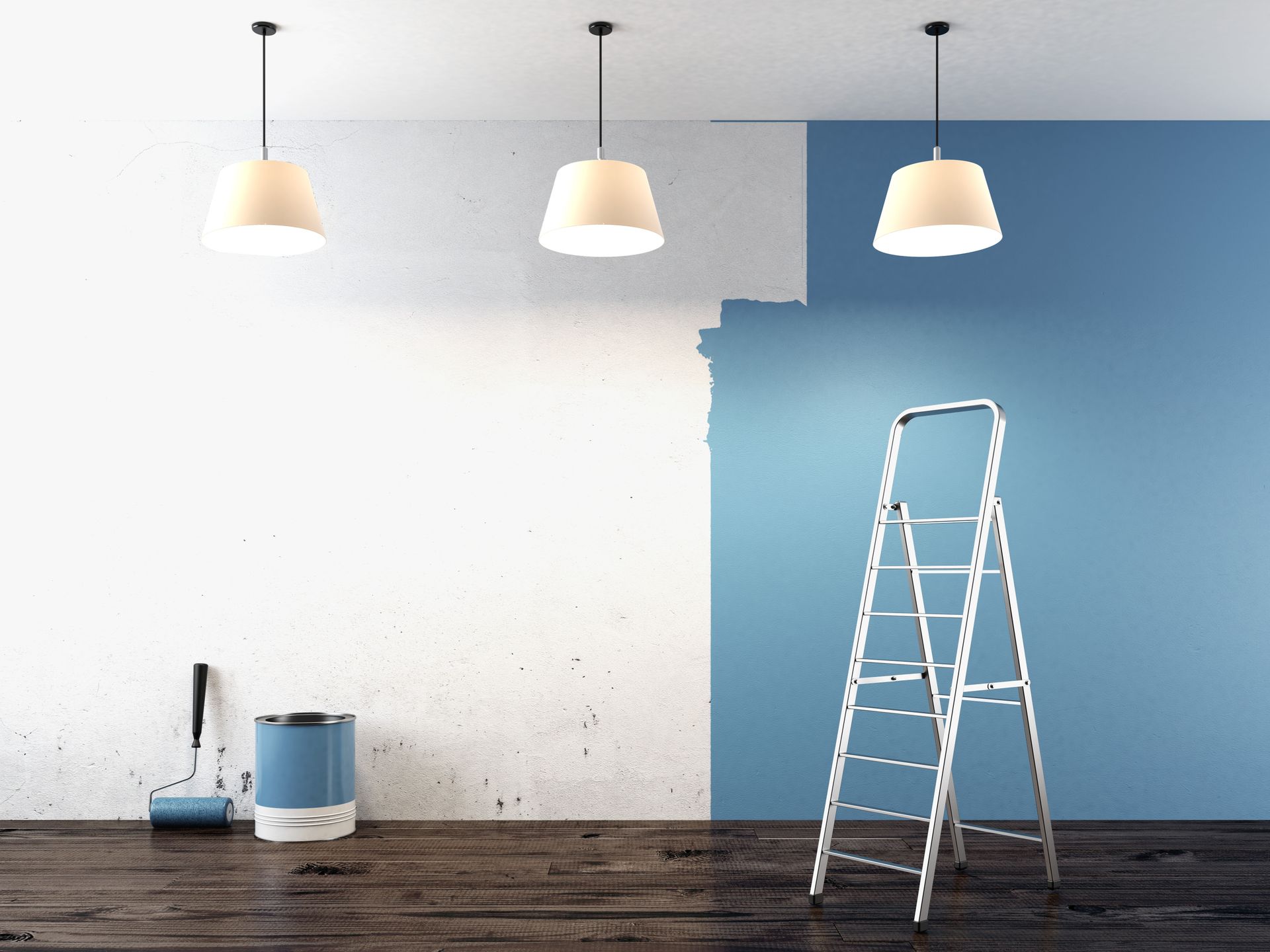
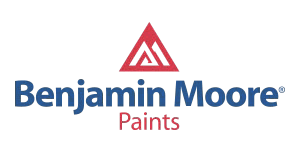
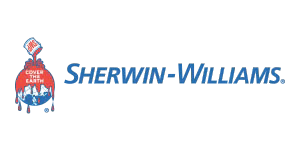


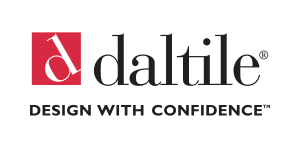

Share On: